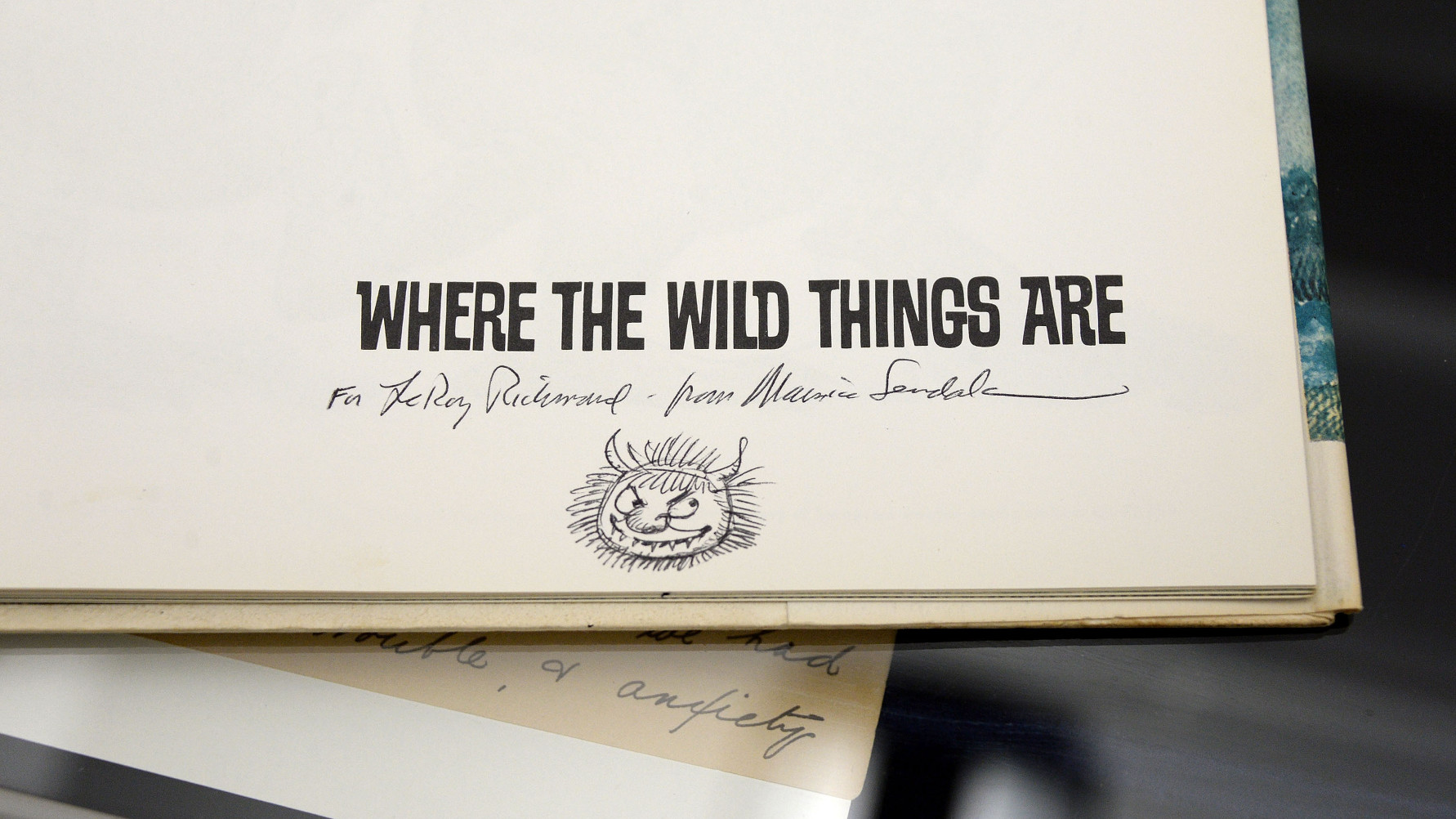This video is part of a series on female genius, in proud collaboration with 92Y’s 7 Days of Genius Festival.
Some of our most timeless children’s books — The Giving Tree, Charlotte’s Web, Where the Wild Things Are, Goodnight Moon — are the result of the little-known publisher Ursula Nordstrom. Editor-in-chief of children’s books at Harper & Row through the middle of the 20th century, Nordstrom championed complex, non-commercial stories for children at a time when it was unpopular to do so. The friendships she built with authors like Maurice Sendak, author and illustrator of Where the Wild Things Are, helped embolden their talents and bestow their gifts upon children of all ages.
Maria Popova: Hardly anyone has raised more conscientious imaginative children than the legendary mid century children's book editor Ursula Nordstrom, who brought to life such multi generational classics as Margaret Wise Brown's Goodnight Moon, E.B. White's Charlottes Web, Shel Silverstein's The Giving Tree and Maurice Sendak's Where the Wild Things Are. During her long tenure at Harper and Row, Nordstrom was not just an editor to her authors and her artist but their friend, their confident, their therapist, their greatest champion always. She stood up against censorship and constantly bolstered the creative confidence of these young writers and artists. She was especially instrumental in the life of Maurice Sendak, who might not to be we know him as today without her. And she, by the way, was a beautiful letter writer. Her letters are collected in a book called Dear Genius by the children's book historian Leonard Marcus. And so in one exchange with Sendak he wrote to her despairing over having been commissioned to illustrate the work of Tolstoy and feeling utterly inadequate to match Tolstoy's genius.
And so she wrote to him and said, "You may not be Tolstoy but Tolstoy wasn't Sendak either. You have a vast and beautiful genius." This emboldened Sendak enormously and by the following year he was already working on his very own Where the Wild Things Are, which went on to become one of the most beloved children's books of all time. But most of all Nordstrom defended the world and the experience of the child against all the commercial pressures for commodities and conformity and politely boring story telling that dominated children's books at the time. And so the most benevolent patron saint of modern childhood ended up being a gay woman working at the height of consumerism and somehow managing to publish and envision and defend books that were not forgettable commodities but extraordinary masterworks that stood the test of time and moved and inspired and enchanted generations.





